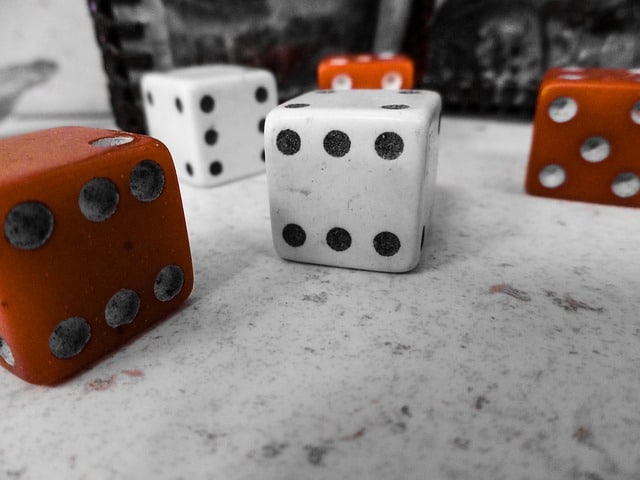
These measures are numbers between 0 and 1. Zero means the event is impossible to occur and 1 means the event is certain to occur.
If you have many events of interest, you can measure their probabilities separately, but you can also measure probabilities of different combinations of these events.
Say you’re following the national soccer championships of England, Spain, and Italy. You want to calculate the probabilities of Arsenal, Barcelona, and Juventus becoming national champions next season. These probabilities are:
- P(Arsenal)
- P(Barcelona)
- P(Juventus)
But what if you want to calculate the probability of both Arsenal and Barcelona becoming champions? Or the probability that at least one of the three teams does?
In this post, I’m going to show how probabilities of such combinations of events are calculated. I’m going to give the general formulas, as well as the intuition behind them. To do that, I’m first going to introduce a few relevant concepts from probability theory.
 Throughout history, we have come up with better and more accurate ways to measure physical quantities like time, length, mass, and temperature. This has been crucial for our scientific and technological development.
Throughout history, we have come up with better and more accurate ways to measure physical quantities like time, length, mass, and temperature. This has been crucial for our scientific and technological development.
 The concept of a sample space is fundamental to probability theory. It is the set of all possibilities (or possible outcomes) of some uncertain process.
The concept of a sample space is fundamental to probability theory. It is the set of all possibilities (or possible outcomes) of some uncertain process.